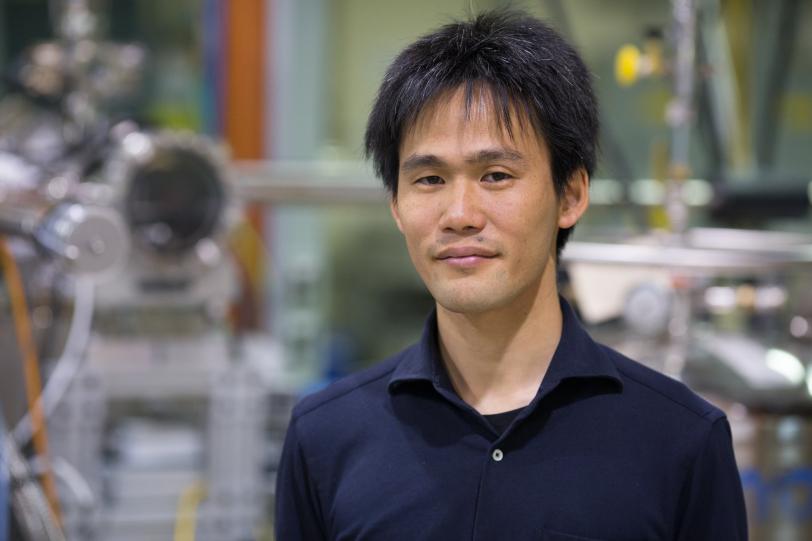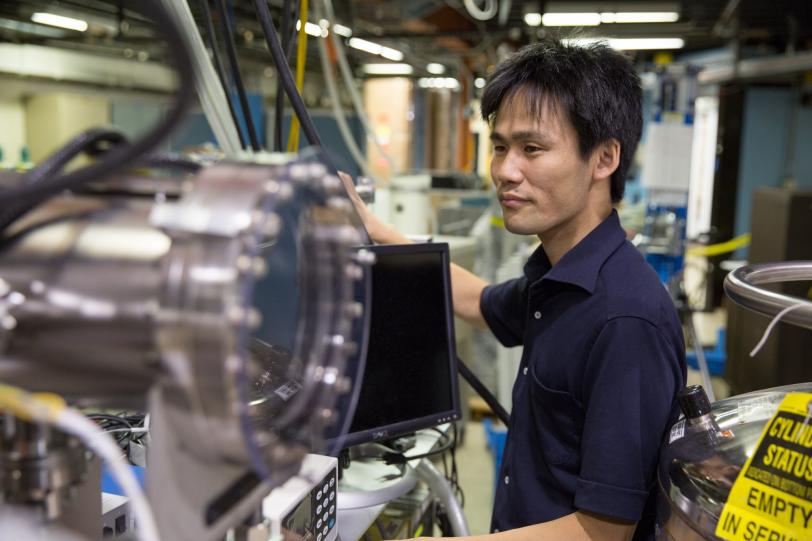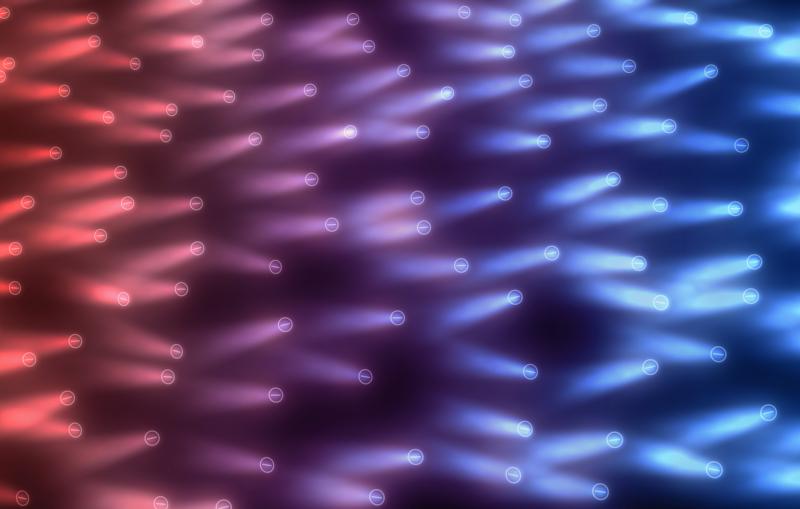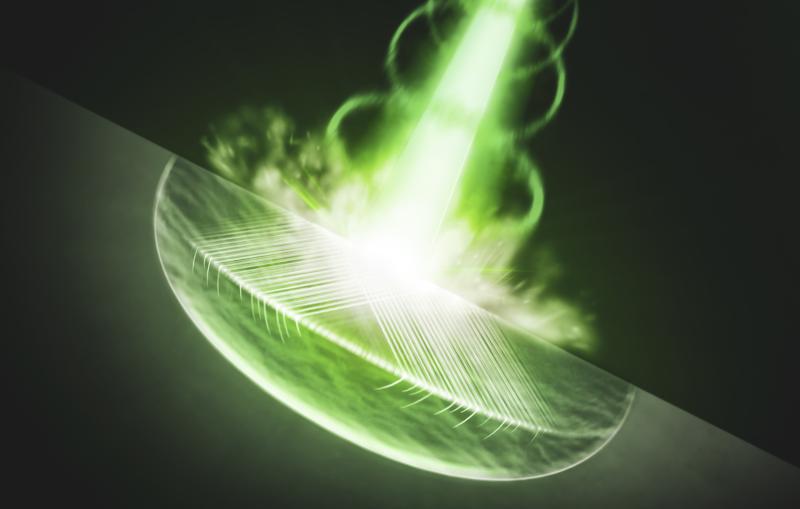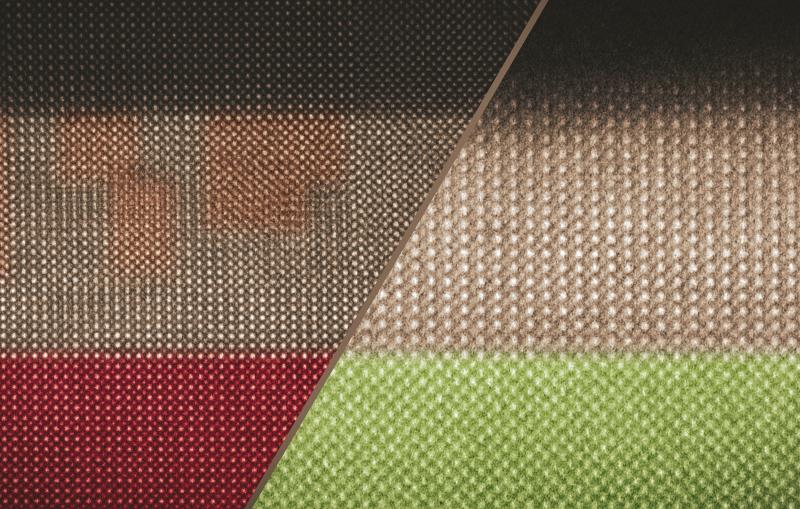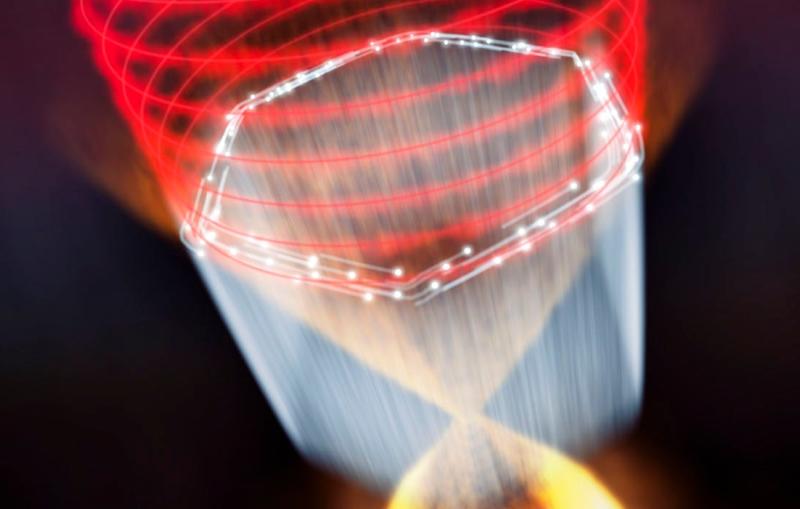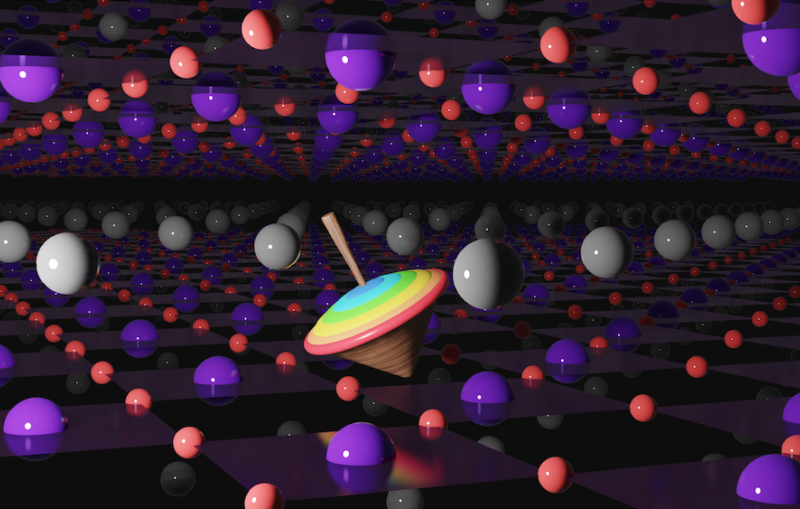Makoto Hashimoto Receives Lytle Award for Contributions to High-temperature Superconductor Research
The Award Honors His Work on a World-class Experimental Station at SLAC's Stanford Synchrotron Radiation Lightsource
Makoto Hashimoto, a staff scientist at the Stanford Synchrotron Radiation Lightsource (SSRL), has received the Farrel W. Lytle Award for his technical and scientific contributions to a research program that has produced new insights about high-temperature superconductors – materials that conduct electricity perfectly with no resistance at temperatures significantly higher than conventional superconductors.
The award recognizes his work on more than 50 scientific publications in the field over the past decade, and honors his technical accomplishments in developing an experimental station at SSRL that allows researchers to study superconductivity and other states of matter that could be key to solving energy problems and developing electronics of the future.
Known as ARPES, or angle-resolved photoemission spectroscopy, the technology allows scientists to study the electronic behavior of solid matter more directly than ever before.
Presented annually at the Department of Energy's SLAC National Accelerator Laboratory, the Lytle Award recognizes important technical or scientific accomplishments in synchrotron radiation-based science and collaboration between visiting scientists and staff at SSRL. SSRL is a DOE Office of Science User Facility.
"Owing to his diligent and creative work, Beam Line 5-4 has remained one of the most productive beamlines at SSRL and one of the top competitive ARPES facilities in the world," Donghui Lu, an SSRL senior staff scientist, wrote in his nomination letter.
Scientists from around the globe have benefited from Hashimoto's dedication to the SSRL experimental station.
"Due to Makoto's technical skill and innovation, positive attitude and scientific perspective, every time you come back to Beam Line 5-4, you will be surprised by its new features and better performance," wrote Yan Zhang, an SSRL user and assistant professor at Peking University.
A 'Great Place for Research'
Hashimoto first came to SLAC from Japan to do research as a PhD student and then returned in 2008 as a postdoctoral research fellow at the Stanford Institute for Materials and Energy Sciences (SIMES), a joint institute of SLAC and Stanford. He was hired on as an associate staff scientist at SSRL in 2010 and promoted to staff scientist in 2014.
"I'm surprised, excited and humbled by this award," he said. "When I first came here as a student, I couldn't have imagined I would one day work at SSRL, but I was lucky enough to get some really good results from the beamline, and that gave me the chance to stay here – a great place for research."
Hashimoto's own research focuses on how superconductivity emerges out of complex, multiple phenomena.
"To figure this out you need high-resolution, high-quality data sets, and SSRL is the best place to get such data," he said. His goal has been to make the beamline "more systematic and stable, to get consistent measurements with more flexibility." The outcome has benefited his own studies and those of many users of the facility.
"If I can make improvements beyond what the user expected, that makes me really happy," Hashimoto said.
Mentorship and Collaboration
Hashimoto credits his close collaborations with Lu and with SLAC/Stanford Professor Zhi-Xun (Z-X) Shen as paramount to his success. Hashimoto works closely with Lu on Beam Line 5-4 and a new beamline currently in commissioning, 5-2, which takes the ARPES technology even further. Shen was one of his postdoctoral advisors and has mentored him ever since.
"Donghui always surprises me with his knowledge," Hashimoto said. "I learned from him how to communicate with users and build relationships with SSRL staff. And Z-X has always been guiding and mentoring me. Without him I couldn't have done this much."
In his nomination letter Shen praised Hashimoto's scientific accomplishments, including highly cited papers and publications in Nature Physics, Science and Nature Materials. "These papers collectively have made a seminal contribution" to the understanding of high-temperature superconductors, he said. "We are fortunate that Dr. Hashimoto decided to stay here [at SLAC]…Although a very nice and modest person, his star is on the rise, and he will be a strong force in the field for years to come."
The award will be presented at the SSRL/LCLS Annual Users' Meeting and Workshops at SLAC on Oct. 6.
Contact
For questions or comments, contact the SLAC Office of Communications at communications@slac.stanford.edu.
SLAC is a multi-program laboratory exploring frontier questions in photon science, astrophysics, particle physics and accelerator research. Located in Menlo Park, Calif., SLAC is operated by Stanford University for the U.S. Department of Energy's Office of Science.
SLAC National Accelerator Laboratory is supported by the Office of Science of the U.S. Department of Energy. The Office of Science is the single largest supporter of basic research in the physical sciences in the United States, and is working to address some of the most pressing challenges of our time. For more information, please visit science.energy.gov.
